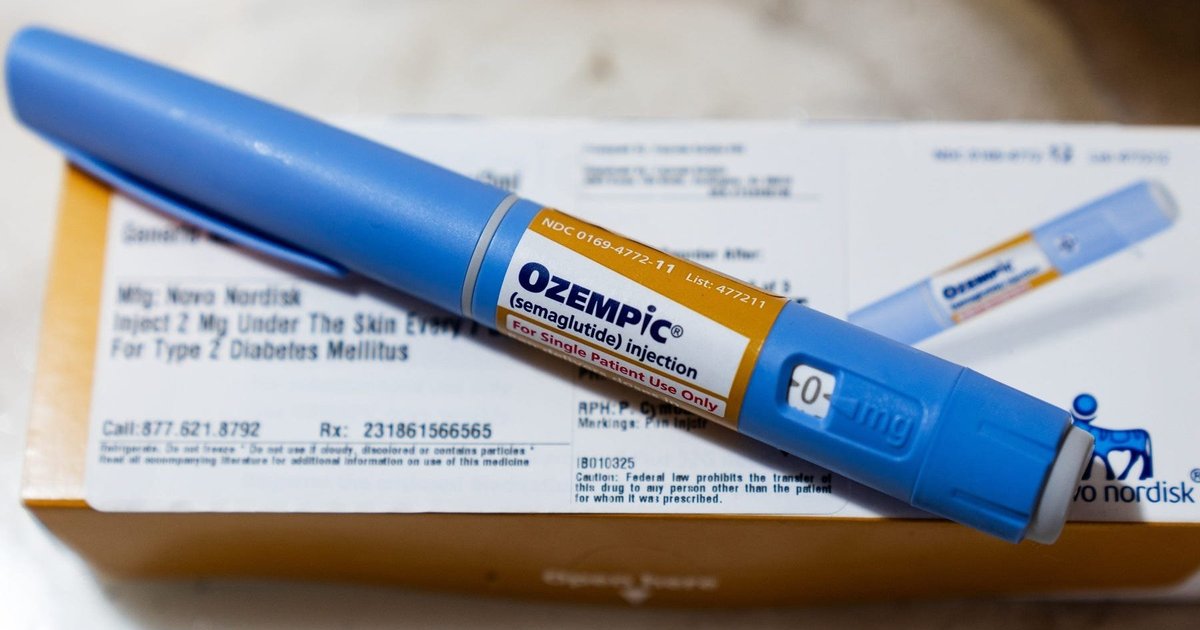Copyright phillyvoice

Obesity rates have dropped alongside surging use of Ozempic, Wegovy and other blockbuster GLP-1 weight-loss drugs, a new report shows. The obesity rate for adults in the United States slid from a record high of nearly 40% in 2022 to 37% in 2025, according to Gallup Poll results published Tuesday. That is a nearly 8 million decline in the number of obese adults nationwide. The survey also found that the percentage of people in the United States using GLP-1 drugs for weight loss has spiked over the past year, from 5.8% in February 2024 to 12.4% now. But the increase in the use of GLP-1s and falling obesity rates have not led to a decrease in diabetes.The diabetes rate reached an all-time high of 13.8% in 2025, up from 13.4% in 2024 and 12.8% in 2022, the survey shows. The reason that diabetes rates have not fallen alongside obesity rates is most likely due to a complex web of factors. Though obesity puts people at four times the risk of diabetes, not everyone who is obese has diabetes. And some people who are not obese are diagnosed with diabetes. Additionally, diabetes is a chronic condition. As a result, "short-term reductions in the obesity rate would not be expected to curtail the percentage of Americans who have been diagnosed with it," the poll said. The poll also found: • Women are using GLP-1 drugs at higher rates than men, but usage rates for both genders has doubled over the past year. The percentage of men using them rose from 4.7% in 2024 to 9.7% in 2025. For women, the rate jumped from 6.9% to 15.2%. • Obesity rates have dropped more for women than men since 2022. The obesity rate among women sank 3.5 percentage points to 38.8% in 2025, compared to a 2.3-point drop to 35.2% among men. •The biggest reductions in obesity occurred among people 40 to 64, the age group that also has the highest rate of GLP-1 drug use. The findings come from the Gallup National Health and Well-Being Index survey, an ongoing series of nationwide surveys of adults that Gallup has conducted since 2008. Gallup derived the most recent results from data from three nationally-representative surveys involving nearly 17,000 people. The survey included people with type 1 and type 2 diabetes. It defined obesity as having a body mass index of 30 or higher.



